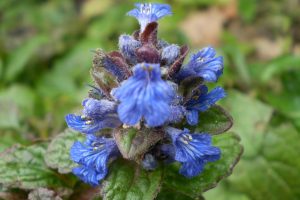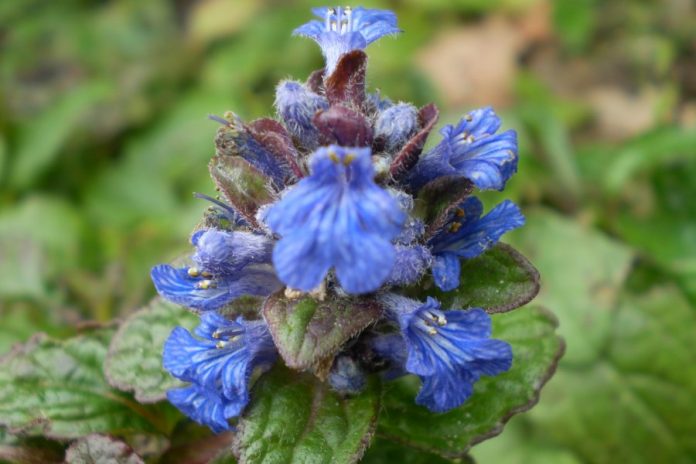
Everyone who plays in the dirt likes perennial plants, because they don’t have to be replanted every year. The flip side of that particular coin, is that the little bounders do spread underground– sometimes invasively– which means doing the autumn chore of digging and dividing.
As anyone will say who has succeeded with an invasive like, say, Shasta daisies (chrysanthemum superbum), you do develop a hard-heart. So, let’s talk about a few garden perennials that flourish in North Texas.
One packet of successfully-germinated Shasta daisy seeds, or a dozen cuttings with roots, should meet your lifetime need of this cheerful springtime beauty; provided you pay attention to watering.
The year’s first white blooms appear on dramatic waist-high or taller leafy stems in the spring. They eventually flop over under their own weight, but no worries; just get out the clippers and lop the ungainly overgrowth back to the height of the ground-level, tongue-shaped leaves. The trimmed plants make a nice border.
Keep them watered all summer; be prepared for afternoon wilting if they receive full sun and by autumn the clumps will have to be culled.
A drought-resistant, I-love-full-sun, background plant with greenery around three-feet tall, until its autumn bloom-time–when the yellow flowered stalks shoot up to seven-feet–is the Maximillian Sunflower (helianthus maximilliani).
The toughest, most drought-resistant, full-sun tree for any yard is the Eastern Redbud (cercis canadensis). Every spring local stores and nurseries keep moderate-priced saplings in stock. The lilac-colored flowering doesn’t start for a couple of years, but the shade does. Occasional watering encourages quick growth. If you know what to look for, they grow wild in the woods and transplant with ease.
The two things to remember about successful tree planting are: (1) the smaller the sapling the better; and, (2) consistent watering while it gets established underground in its new home. Transplants often drop leaves, but just have faith and keep watering. This is nature’s way of conserving resources while the roots expand. Small redbuds gain height with amazing speed. They top out at around 20-feet.
An excellent perennial low border plant, with intense indigo early spring flowers, is Bugle (ajuga reptans). The plants like afternoon shade and plenty of mulch to conserve soil moisture. By autumn the stuff is growing willy-nilly and needs to be thinned. Pluck off a dozen stems and they’ll root in a cup of water on the kitchen windowsill. Voilà, more border plants at the best price on the planet!
If you want to try camellias or gardenias, remember their roots like to pucker up and slurp in acid soil. That means lots of forestland compost and mulch.
Prepare the planting spot by mixing the native soil with plenty of damp peat moss and landscape mix. Leave a six-inch ring of bare soil around the main stem. Yellow leaves generally mean two things: the plant wants water, or more acid in the soil. Both like summertime shade, but with generous watering my camellias do fine in full sun.
All these plants are bee friendly.







 GIF.gif)










